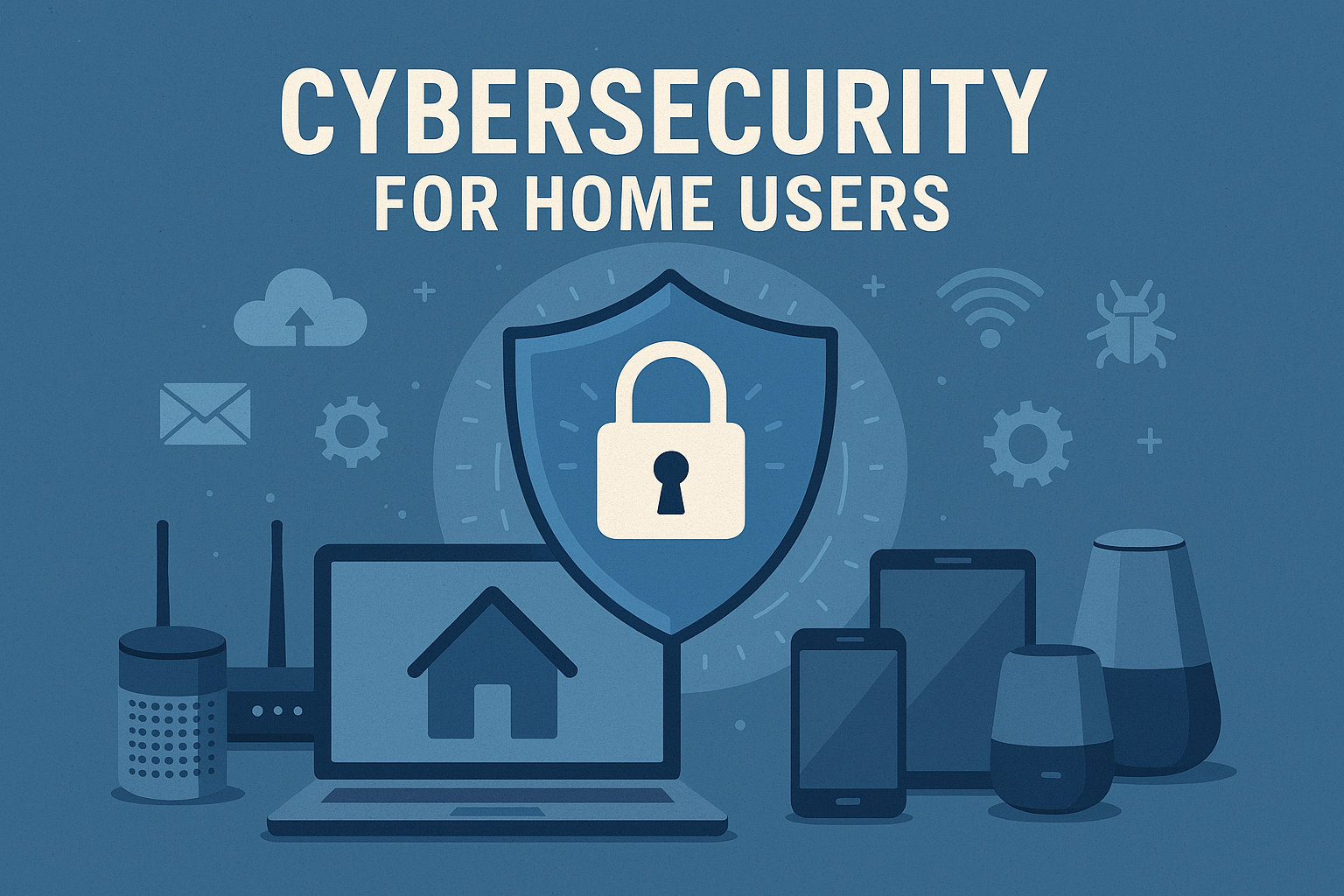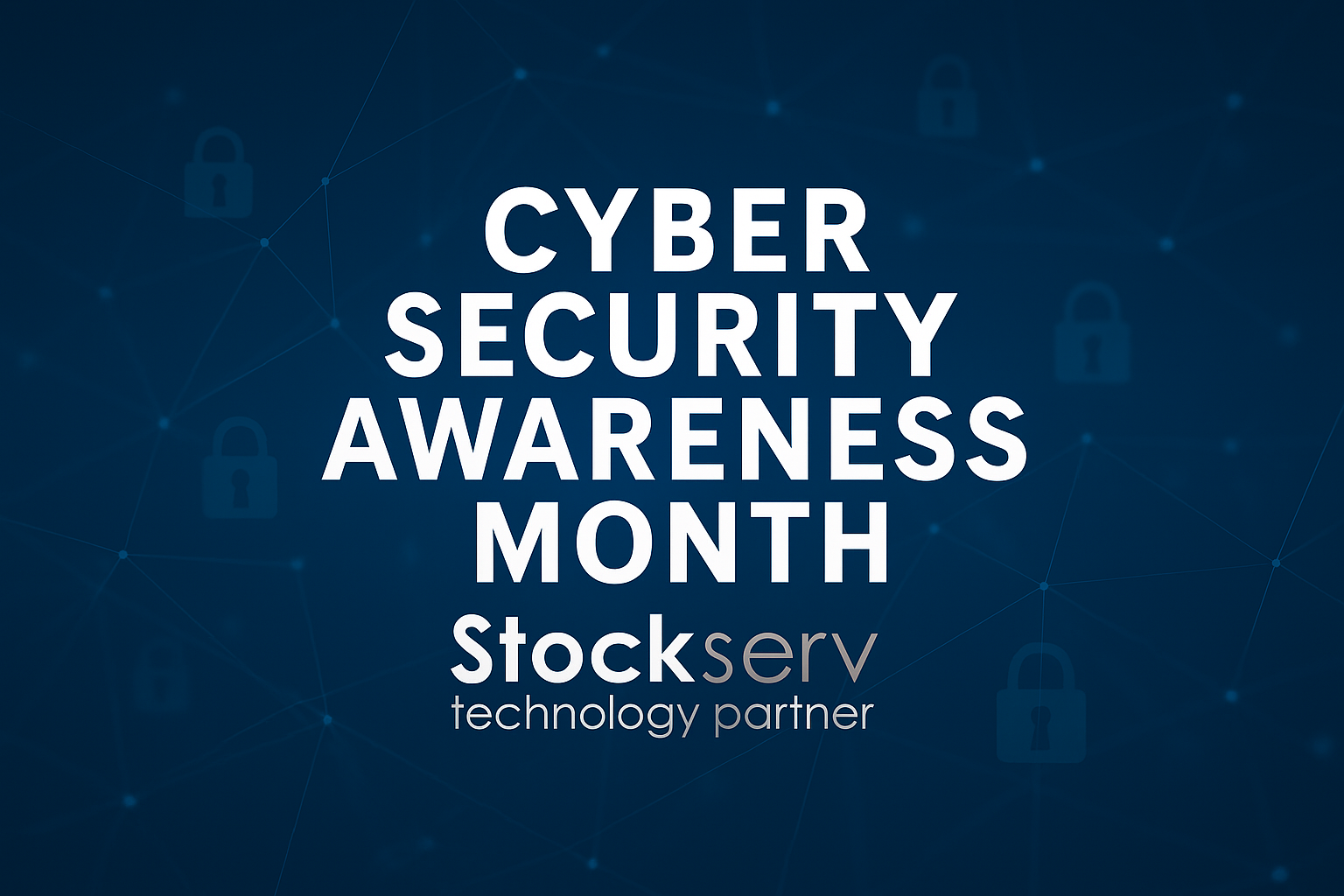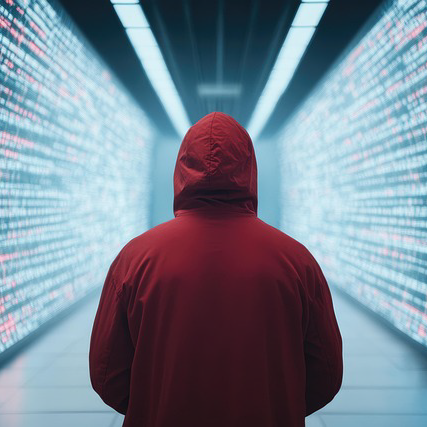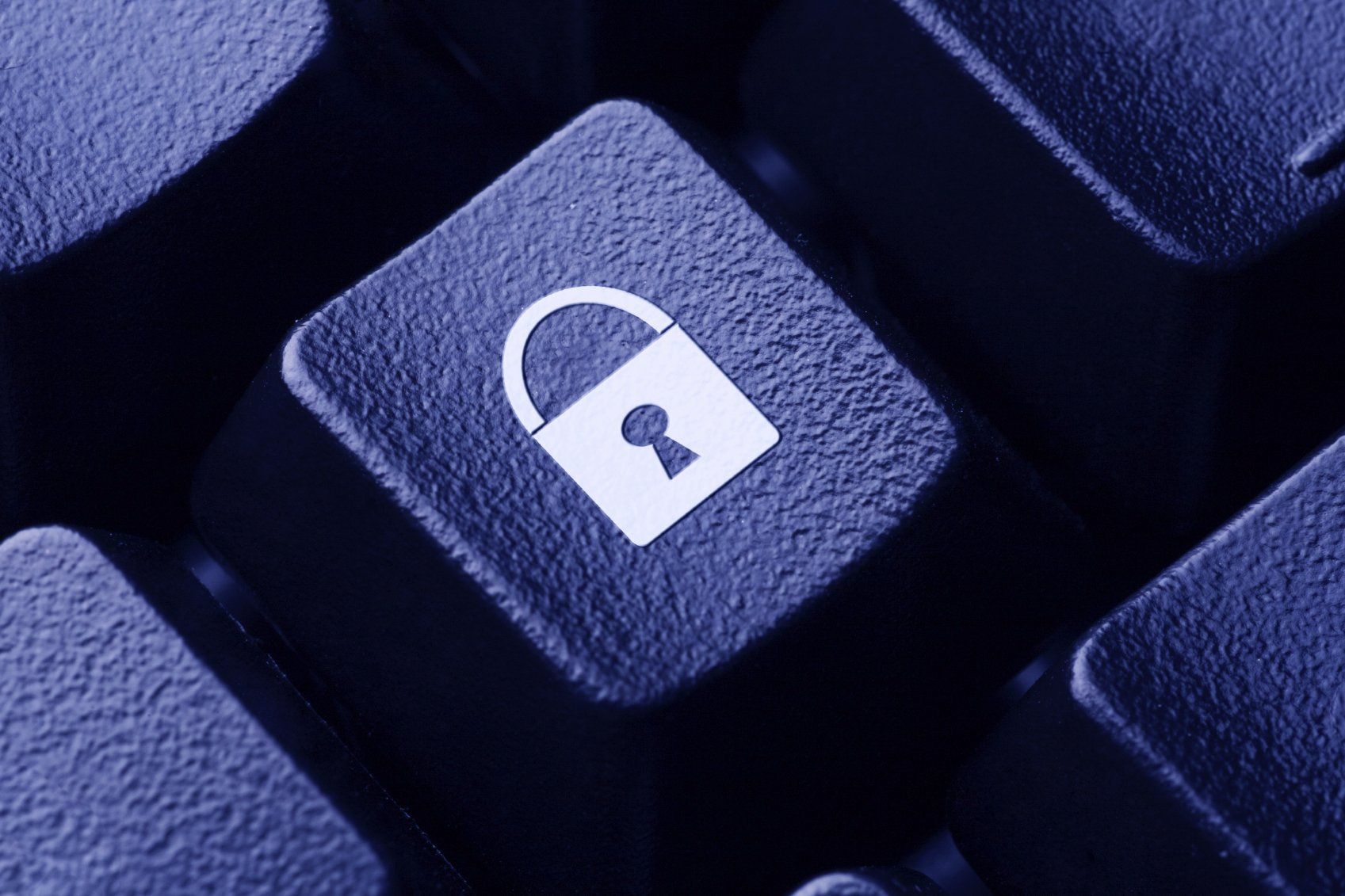Every October, Cybersecurity Awareness Month reminds us that protecting our digital lives is more important than ever. Cyber criminals are constantly developing new tactics to steal personal information, hijack accounts, and spread harmful software. While businesses often grab the headlines, home users and everyday consumers are equally at risk. From social media to gaming consoles, our homes are filled with devices that need safeguarding. This article will guide you through the most effective steps you can take to keep your data and devices secure, drawing on trusted best practices and the latest guidance from major platforms and IT experts.
Staying Secure at Home: Essential Cybersecurity Practices for Everyone
Introduction: Cybersecurity Awareness Month – Why It Matters for You
Why Good Cybersecurity Practices Matter
Many people think, “It won’t happen to me,” but cyber threats can affect anyone. Account takeovers, where criminals break into your social media or email accounts, can lead to identity theft, scams targeting your friends and family, or even loss of access to important data. Ransomware – a type of malicious software that locks your files until you pay a fee – is increasingly targeting ordinary people. Simple, proactive steps can dramatically reduce the risk.
Enabling MFA/Two-Factor Authentication: Your Best Defence Against Account Takeover
Multi-factor authentication (MFA), also known as two-factor authentication (2FA), adds an extra layer of security to your accounts. Even if someone gets hold of your password, they can’t access your account without a second code, often sent to your phone or generated by an app. It’s one of the most effective ways to prevent account hijacking and protect against ransomware.
How to Enable MFA on Major Platforms
- Facebook: Go to Settings & Privacy > Security and Login > Use two-factor authentication. Choose your preferred method (text message or authentication app).
- Instagram: Open Settings > Security > Two-factor authentication. Follow the prompts to enable via text or an authentication app.
- X (formerly Twitter): Visit Settings > Security and Account Access > Security > Two-factor authentication. Choose from text, authentication app, or security key.
- Outlook (Microsoft Account): Sign in at account.microsoft.com/security, select ‘Advanced security options’, and follow the steps under ‘Two-step verification’.
- Gmail (Google Account): Go to myaccount.google.com/security, look for ‘2-Step Verification’, and click ‘Get Started’.
- PlayStation Network: Log in, go to Account Management > Security > 2-Step Verification, and choose SMS or authenticator app.
- Xbox (Microsoft Account): As with Outlook, use Microsoft’s online security portal and enable two-step verification for your Xbox account.
Enabling MFA is usually quick and straightforward, and it’s one of the most powerful steps you can take to protect your digital identity.
Best Practices from Stock Services: Everyday Cybersecurity Habits
Drawing from leading IT awareness resources, including the key points in the 'IT Awareness.pptx' stock presentation, here are the crucial habits every home user should adopt:
- Use strong, unique passwords for each account. Consider using a reputable password manager.
- Keep devices and apps updated. Enable automatic updates wherever possible to receive the latest security patches promptly.
- Be wary of phishing attempts. Don’t click suspicious links or open unexpected attachments in emails or texts, even if they appear to come from known contacts.
- Install trusted security software and keep it updated.
- Regularly back up important data to a secure location, such as an external drive or cloud service.
- Limit sharing personal information on social media and other platforms.
These simple actions, promoted by IT professionals and cybersecurity services, form the foundation of good digital hygiene.
Disclaimer
This article is for informational purposes only and does not constitute professional or legal advice. While every effort has been made to ensure the accuracy of the information provided, cybersecurity threats and software policies change frequently. For the most up-to-date and personalised advice, please consult official sources or a qualified professional. The author and publisher accept no responsibility for any loss or damage caused by reliance on the content of this article.
About Stockserv:
Stockserv is a technology business with a passion for helping businesses achieve their full potential. They offer a wide range of IT solutions and services, including cybersecurity, cloud computing, and network infrastructure. Their commitment to innovation and customer success makes them a trusted partner for businesses of all sizes.










